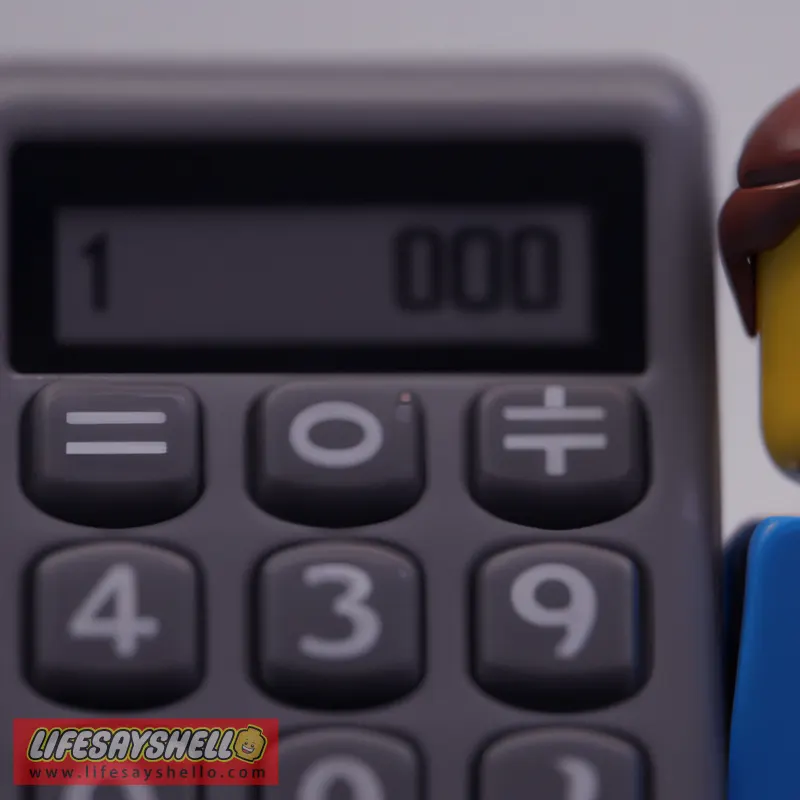The Complete Guide to the Family Tax Benefit Calculator

Have you ever wondered if you’re eligible for the Family Tax Benefit payment from the Australian government? Want to estimate how much you could receive? The Family Tax Benefit calculator is the best way to find out.
This payment provides financial assistance for the costs of raising children. But your income impacts the amount you’ll get. The online calculator gives you an estimate tailored to your circumstances.
In this comprehensive guide, we’ll explain everything you need to know about the Family Tax Benefit calculator. You’ll learn who’s eligible, what’s included, and how to use the tool. Let’s dive in!
Am I Eligible for Family Tax Benefit?
First things first - let’s cover the eligibility criteria.
To receive Family Tax Benefit, you must care for at least one child under 18 years old. This includes your own kids, adopted children, foster children, etc.
In addition, your family must pass an income test. This means your taxable income needs to be under a certain threshold.
The exact income test thresholds vary depending on your individual situation. Factors like your relationship status, number of kids, ages of children, and more impact it.
For example, the maximum threshold for a couple with two kids (one under 5 years old) is around $58,000. A single parent with one child over 13 years could have an income up to $46,000.
Your children must also meet immunization and health check requirements to be eligible. So make sure they’re up to date on vaccines and medical appointments.
What Does the Family Tax Benefit Cover?
If you meet the criteria, what benefits can you expect to receive? There are two main components:
Family Tax Benefit Part A
This part of the payment is made per child. So the amount increases with each additional child you have.
It helps with general living expenses like food, transport, clothing, medical costs, childcare, and more.
Family Tax Benefit Part B
This provides extra assistance for single parents and families where one parent earns most of the income. So it targets single-income households.
Part B helps with specific costs like taking your child to school, sports equipment, and outside school hours care.
In addition to Parts A and B, you may qualify for other supplements:
- Rent Assistance - For families who rent their home
- Multiple Birth Allowance - For twins, triplets, etc.
- Newborn Upfront Payment + Newborn Supplement - One-time payments after a new baby
As you can see, the Family Tax Benefit is quite comprehensive in the child-related expenses it covers!
How Do I Calculate My Entitlement?
This is where the Family Tax Benefit calculator comes into play.
It gives you an estimate of your potential payment tailored specifically to your circumstances.
The calculator takes into account factors like:
- Your taxable income
- Your partner’s income (if you have one)
- Ages of your children
- Number of children
- Childcare usage and fees
- Rent payments
To use the calculator, simply go to the Services Australia website and search “Family Tax Benefit Estimate”.
You’ll need to provide details like:
- Yours and your partner’s estimated taxable income for the current financial year
- Your current relationship status
- Ages of all children under 18 years
- Current childcare fees, if applicable
Based on the information you input, it will estimate your potential entitlement.
This includes Parts A and B, as well as any supplements you may qualify for.
The estimate acts as a guide only. Centrelink will determine your final entitlement upon assessing your full application.
But the calculator is extremely useful for getting an idea of what to expect. You can tweak the inputs to see how various changes impact your estimate.
For example, you could see how having another baby might increase your payment. Or how going from single to partnered status could affect it.
How Do I Claim the Family Tax Benefit?
Once you’ve used the calculator to estimate your entitlement, you’ll need to formally apply to claim the payment.
Here are the steps to take:
1. Submit Your Claim
First, submit your claim through your Centrelink online account. You can set this up through myGov if you don’t have one yet.
As part of the application, you’ll need to provide your family income details. This includes current income and estimates for the upcoming year.
Having your tax returns, pay slips, and bank statements on hand will make this faster.
2. Choose Your Payment Frequency
Next, decide how often you want to receive the Family Tax Benefit payments:
- Fortnightly - Paid every two weeks throughout the year.
- Annually - Paid as a lump sum after the end of the financial year.
Fortnightly payments allow you to benefit from the extra cashflow during the year.
The annual lump sum works well if you’d rather do your budgeting at the end of the year.
3. Confirm Your Income Annually
Once approved, you’ll need to confirm your actual family income after each financial year ends.
This may affect your payment rate going forward. It ensures you receive the right amounts based on your assessed income.
You’ll need to lodge an updated tax return and provide any other requested documents.
Key Takeaways
The Family Tax Benefit calculator is extremely useful for estimating your potential entitlement. With a few inputs, you can see if you qualify and how much you may receive.
The key points to remember are:
Use the government’s online calculator for estimates
You must pass an income test based on your family circumstances
Payments help cover general child-related costs
Apply via Centrelink and provide income details
Confirm your actual income after each financial year
Knowing precisely how much you could get can help with budgeting and financial planning.
The calculator makes it easy to determine your eligibility. So if you care for kids under 18 years old, it’s definitely worth looking into!
Now you have all the essential information about the Family Tax Benefit calculator. Why not check if your family qualifies? It could make a big difference helping with childcare costs.




Comments